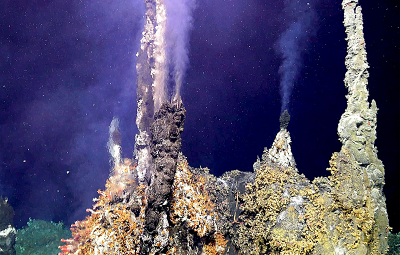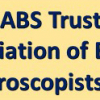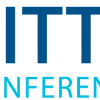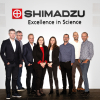
Pablo Sobron, a SETI Institute physicist, and Laurie Barge, a NASA JPL research scientist, have received a NASA Planetary Science and Technology from Analog Research (PSTAR) grant to study underwater hydrothermal systems at Axial Seamount, the largest and most active volcano on the western boundary of the Juan de Fuca tectonic plate. Their project, known as InVADER (In-situ Vent Analysis Divebot for Exobiology Research), combines real-time imaging and spectroscopy for underwater sensing. The instrumentation is a combination of stereo optical imaging, laser Raman spectroscopy, laser-induced breakdown spectroscopy and laser-induced native fluorescence.
“With InVADER, we bring next-generation space exploration tools 1500 m below the ocean surface”, said Sobron. “This way, our project offers unprecedented opportunities to bridge studies of Earth’s oceans and mission concepts to explore oceans in our Solar System.” InVADER integrates an innovative science payload into a deep ocean platform. The overarching mission is to advance technologies for autonomous sampling and real-time sensing. To do this, InVADER features the first long-term-resident, real-time, combined imaging and spectroscopy payload for underwater sensing. InVADER will take daily measurements for 12 months. The data collected will provide a greater understanding of geochemical dynamics across time and also allow active investigation of microbial metabolisms in hydrothermal environments.
By being resident on-site at the vent, InVADER will capture transient events and provide unprecedented spatial and temporal access to a deep ocean hydrothermal system. This data will determine relevant gradients in vent systems; composition and mineralogy of hydrothermal chimneys and associated precipitates; relevant small-scale features that are indicators of vent geochemistry and/or habitability; and the presence and distribution of organics.
The team will also bring back samples of local fluids and minerals to be analysed in the lab. Analysis will enable the team to characterise the mineralogy, hydrothermal fluid compositions and geological context of the samples. “Together, these measurements will help us determine new strategies to study life in Earth’s oceans and refine methods for how we might study habitable vent systems on ocean worlds like Europa or Enceladus in the future”, explained Barge.
Follow the mission online at https://invader-mission.org and on Instagram at @invadermission.











